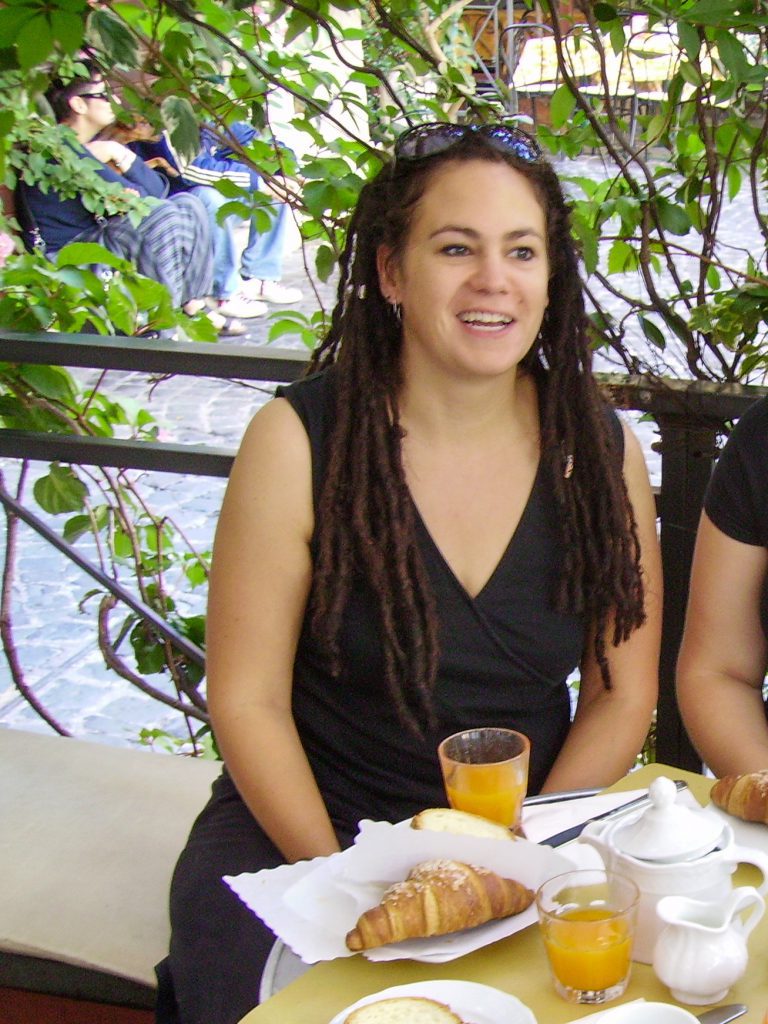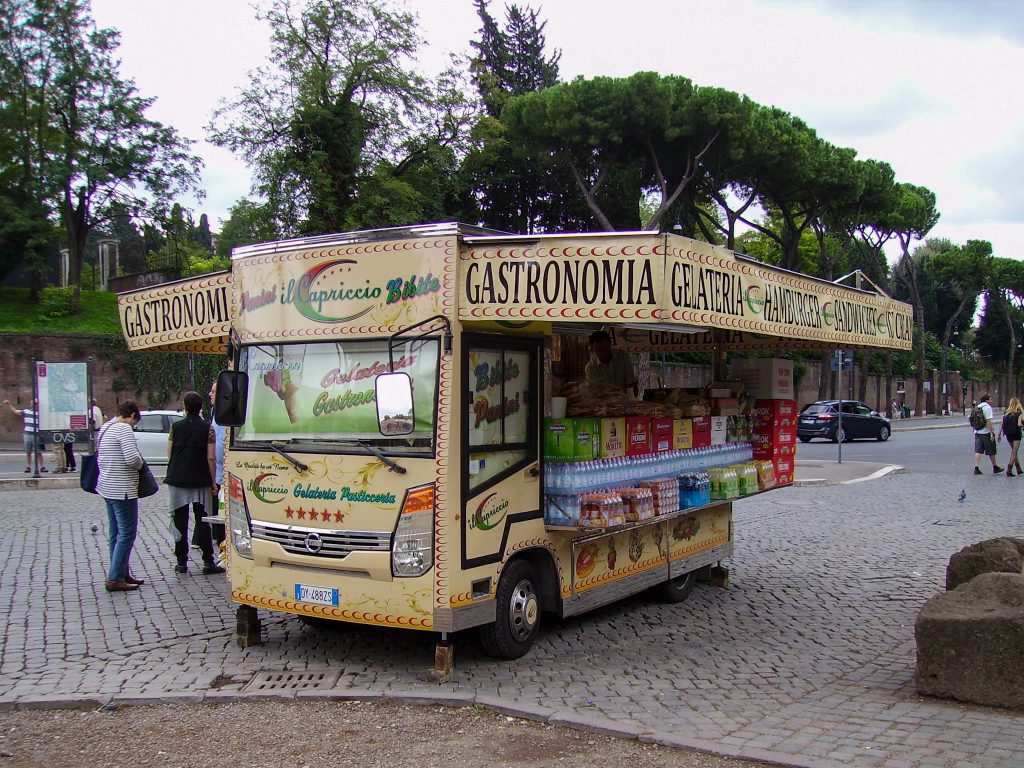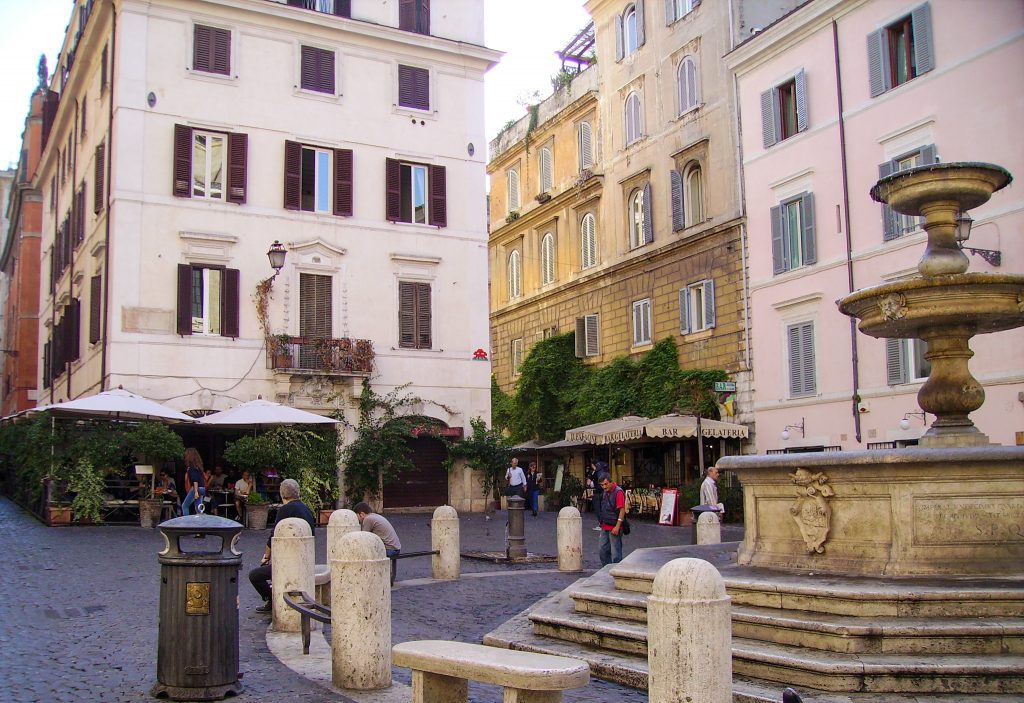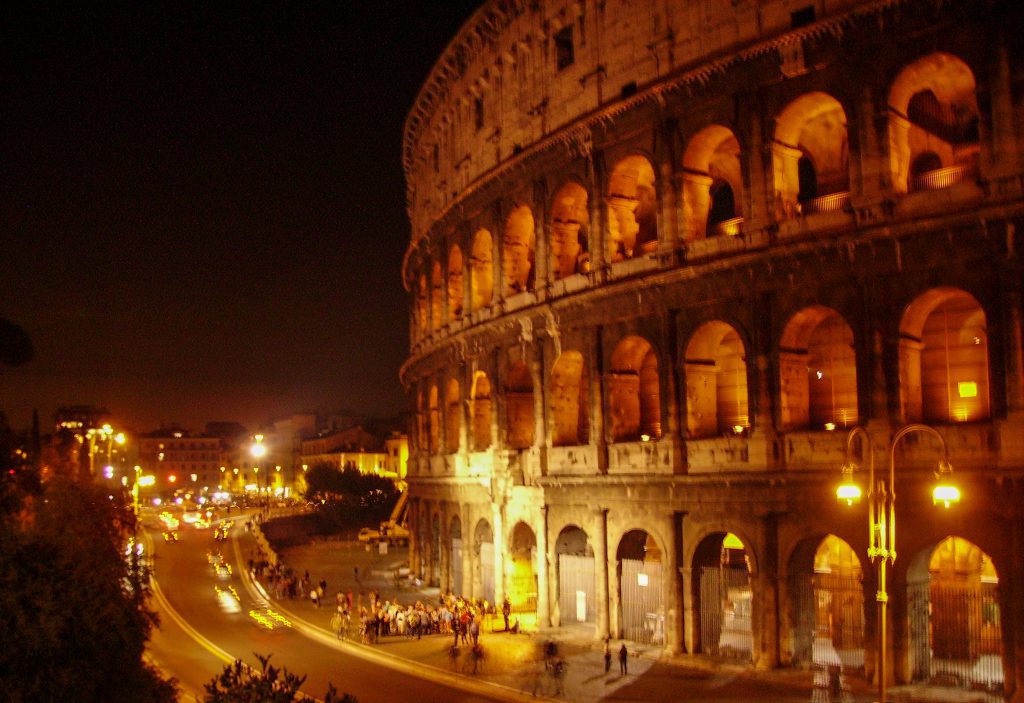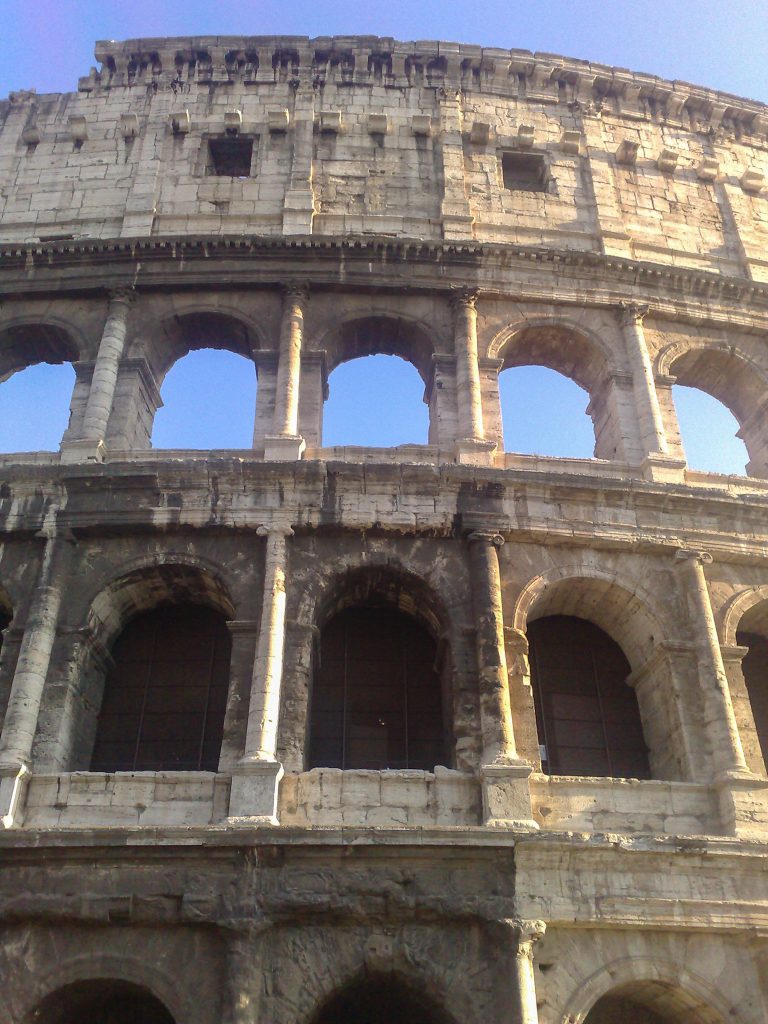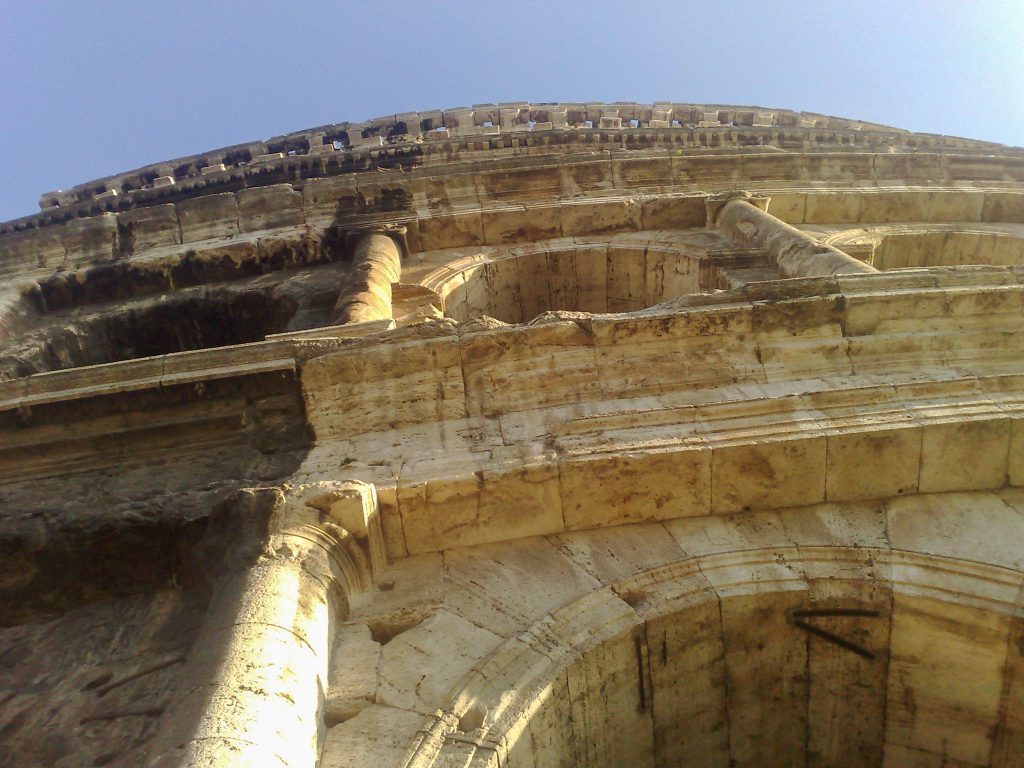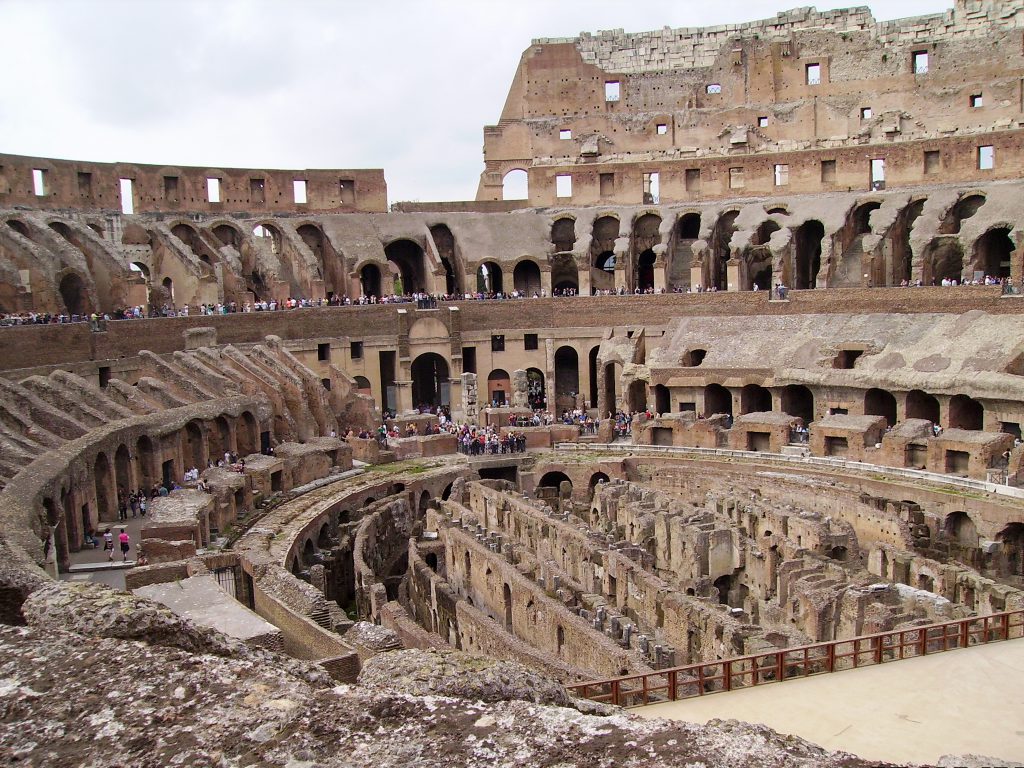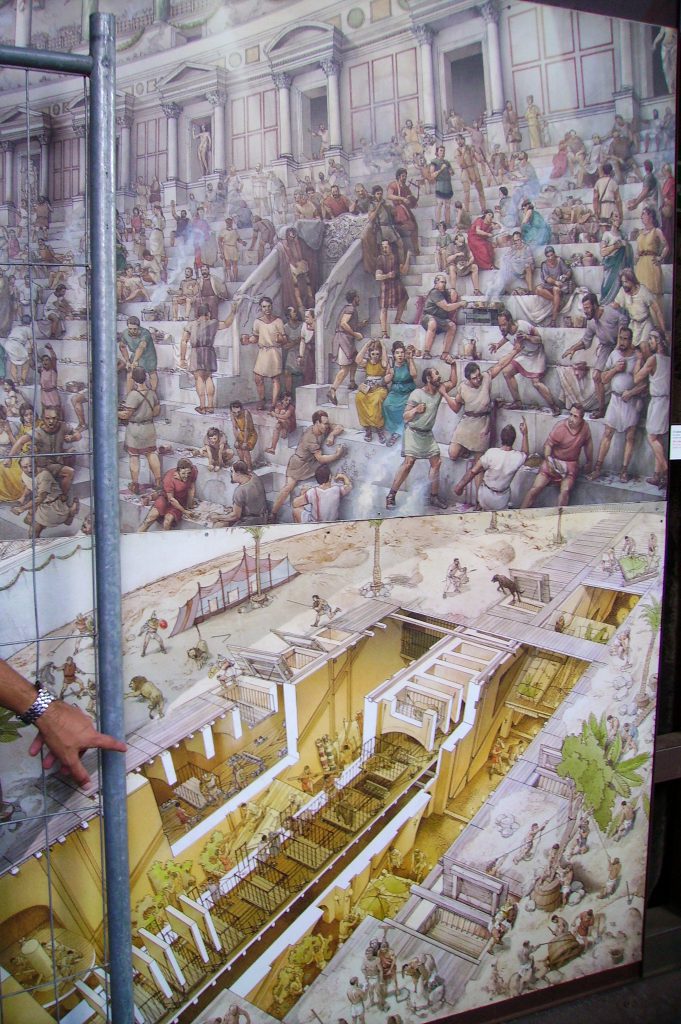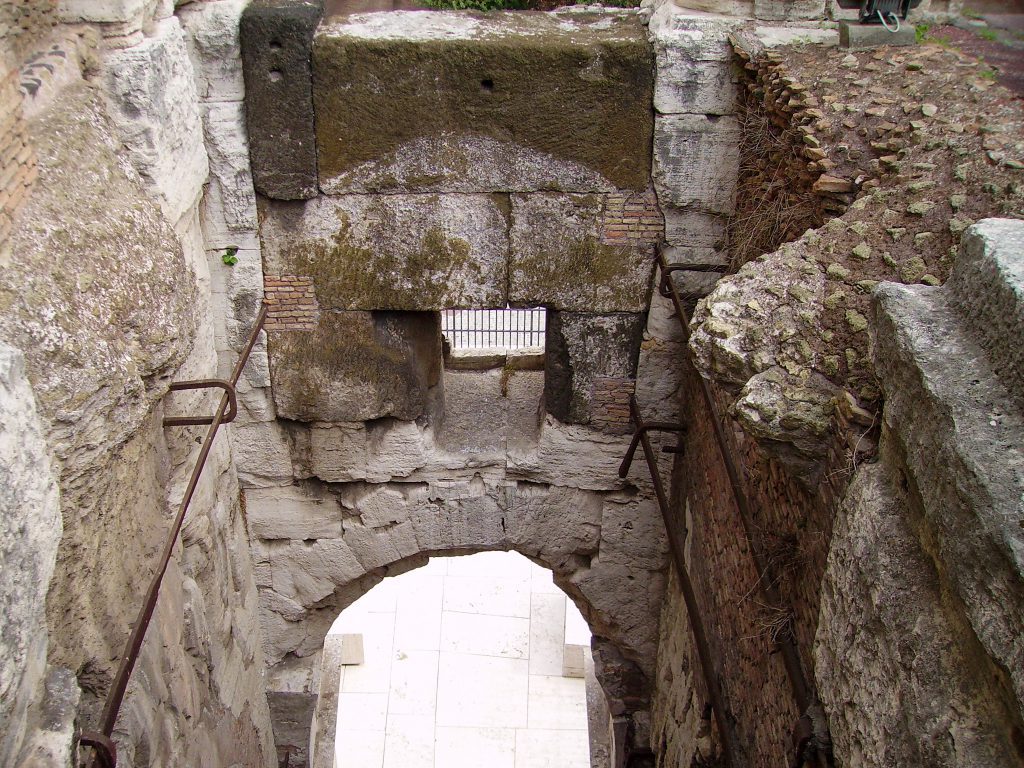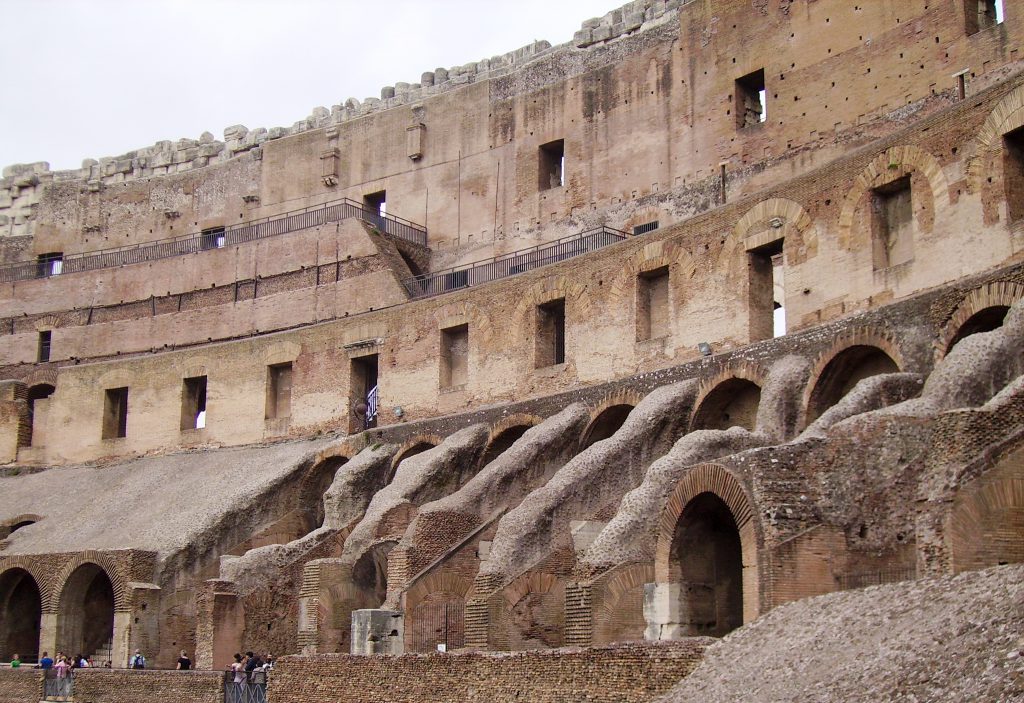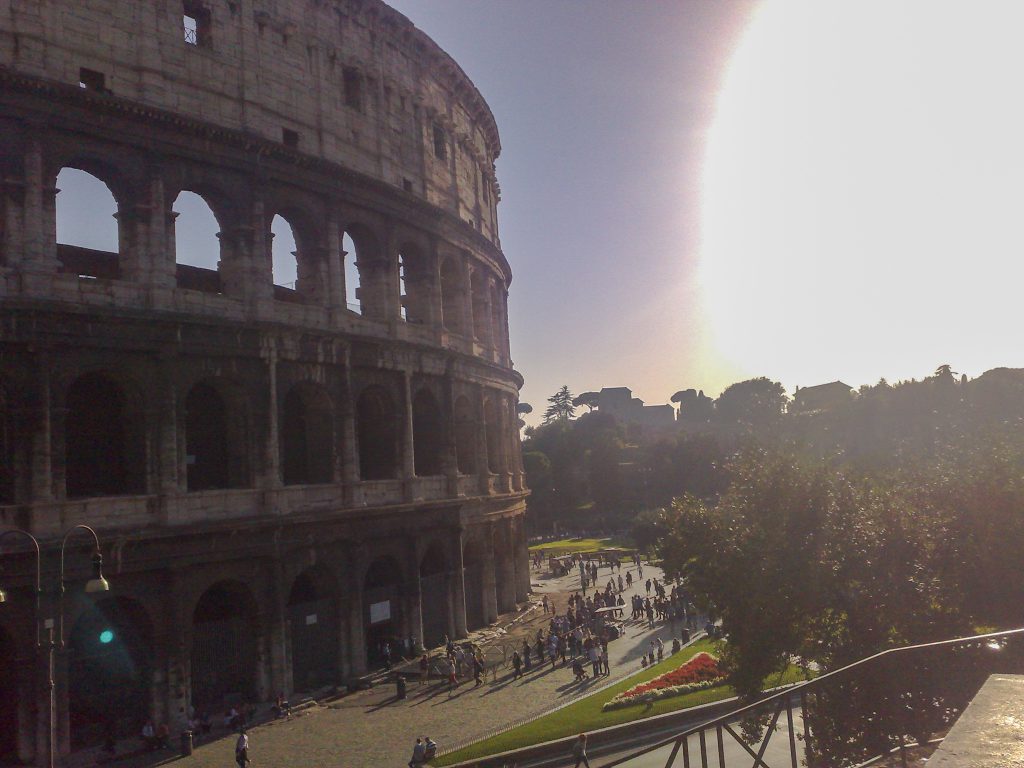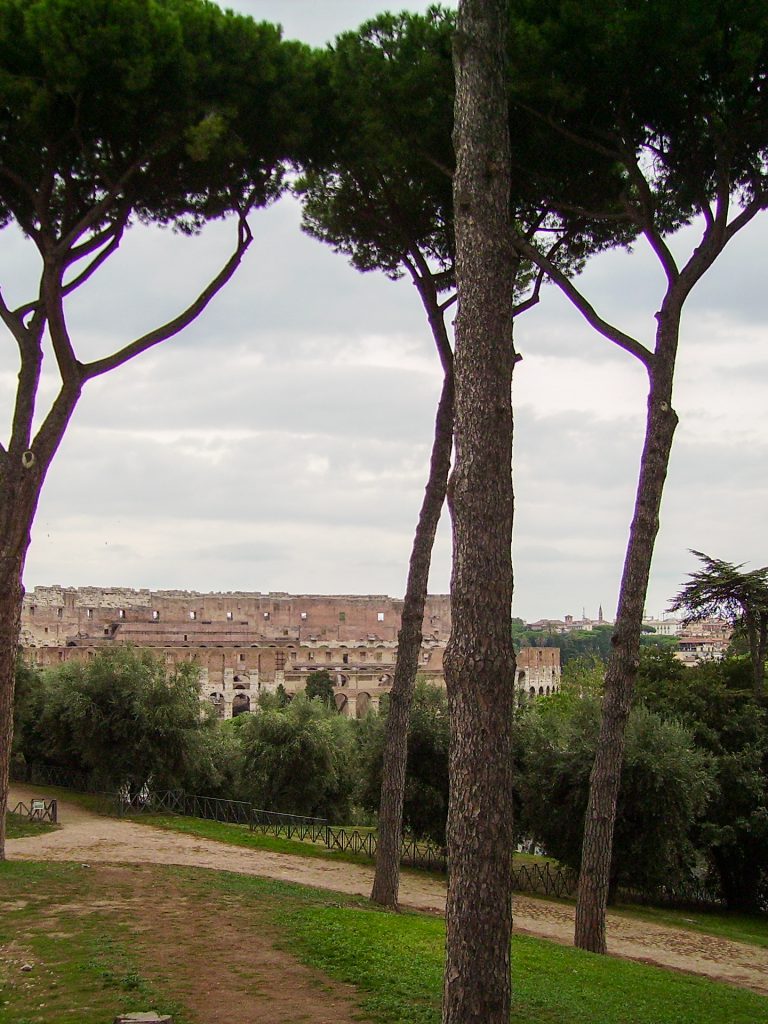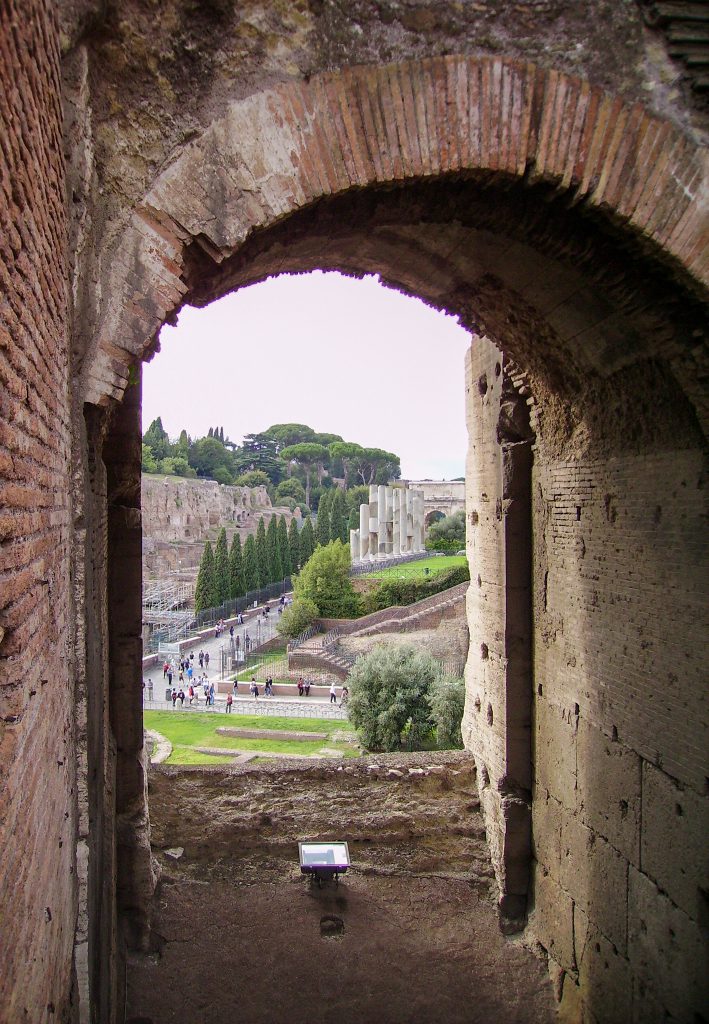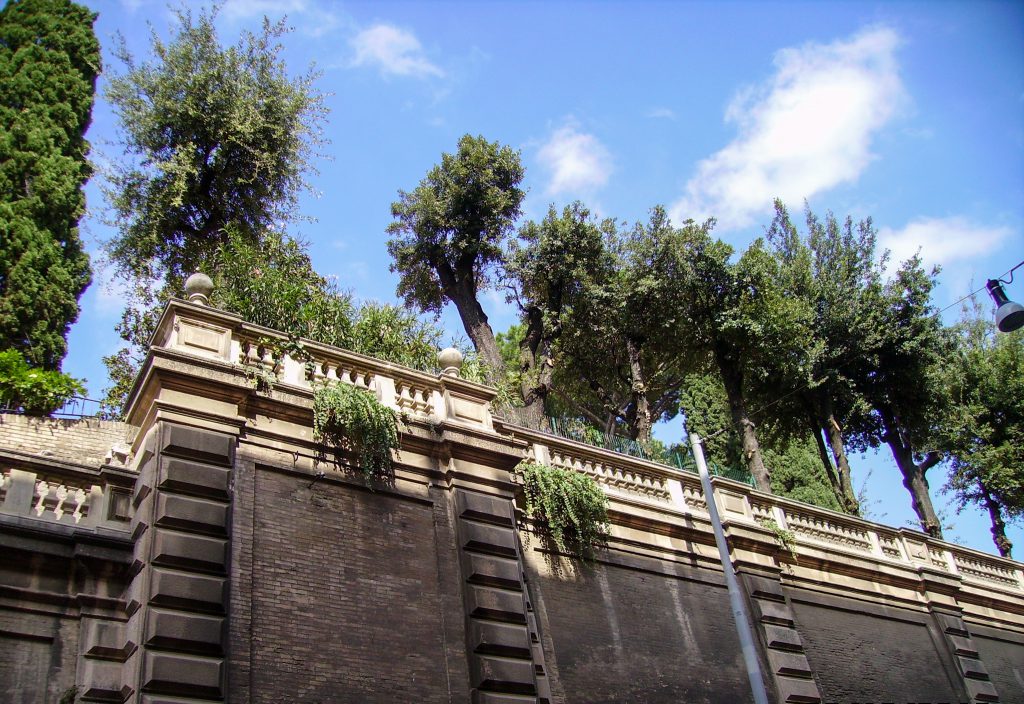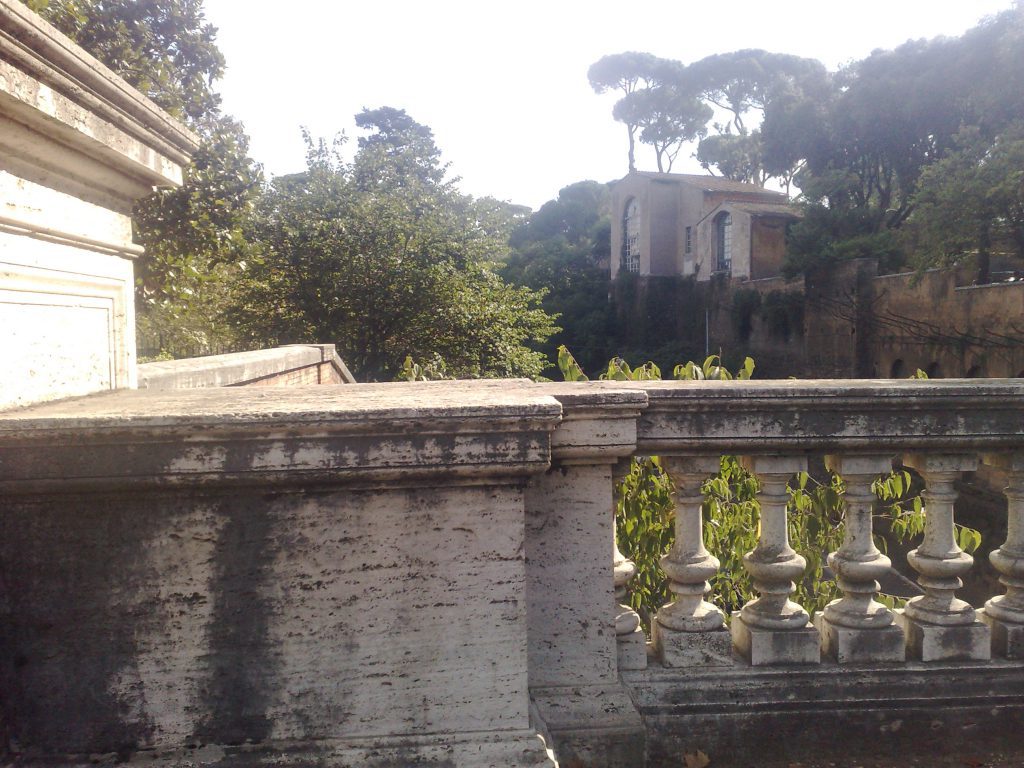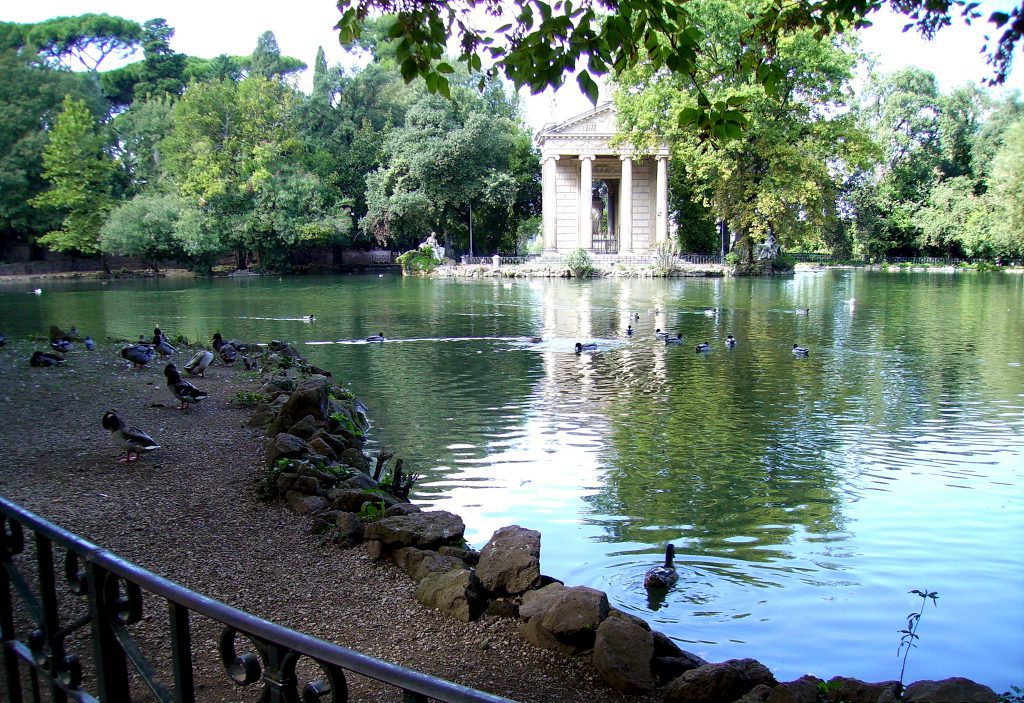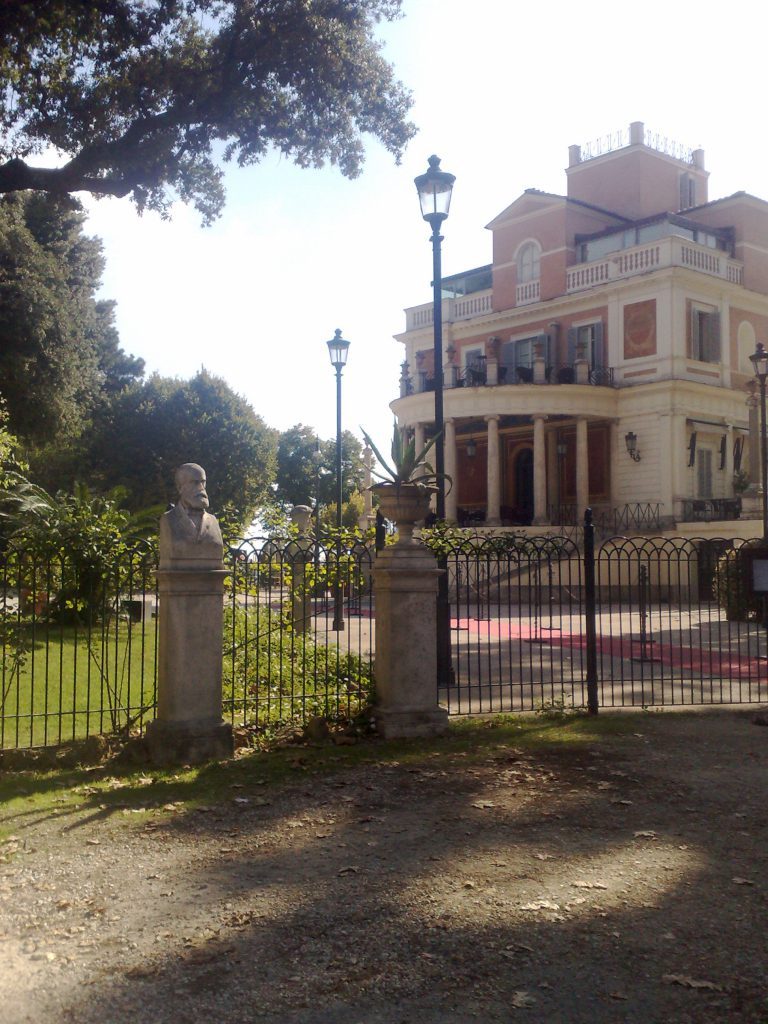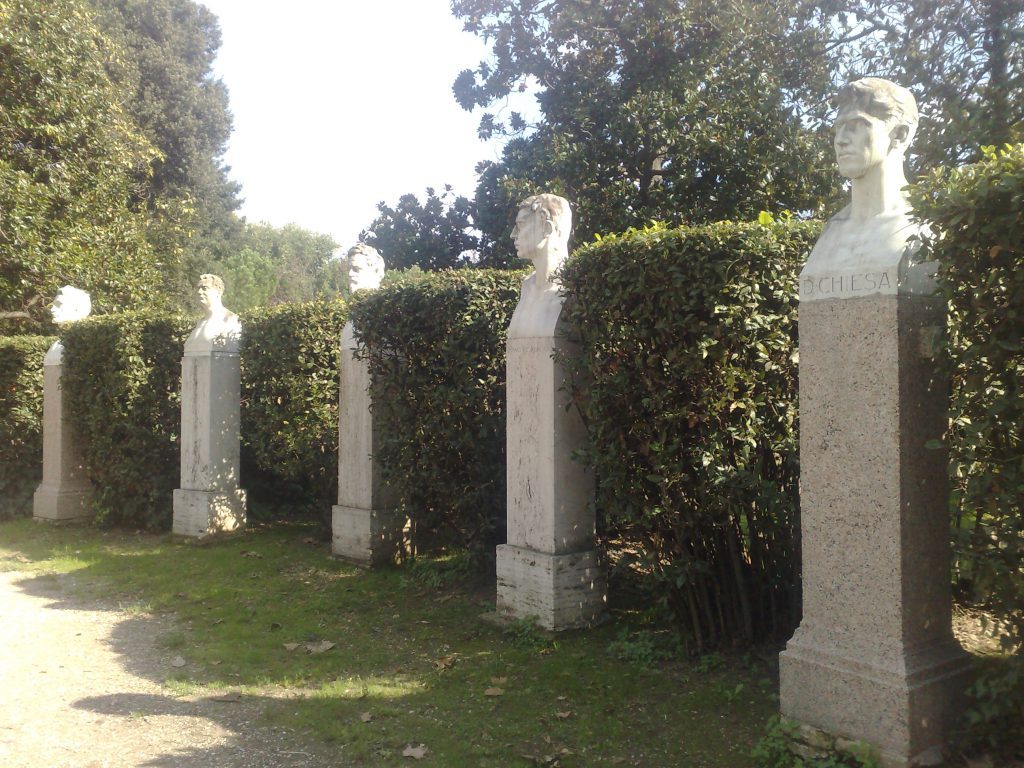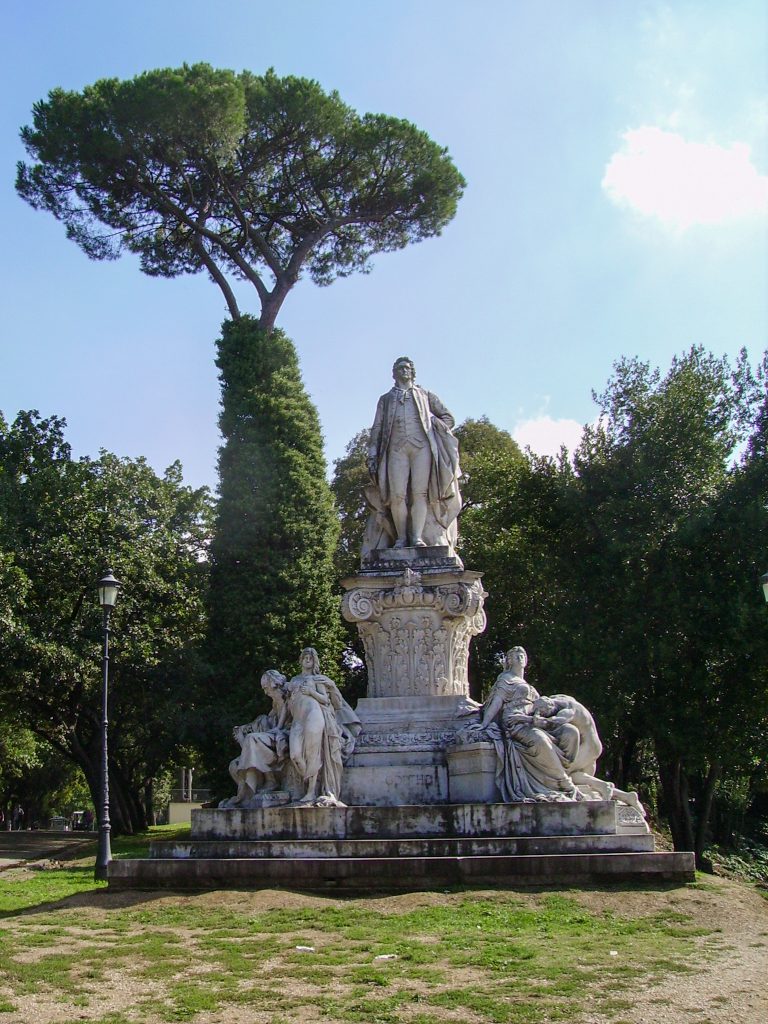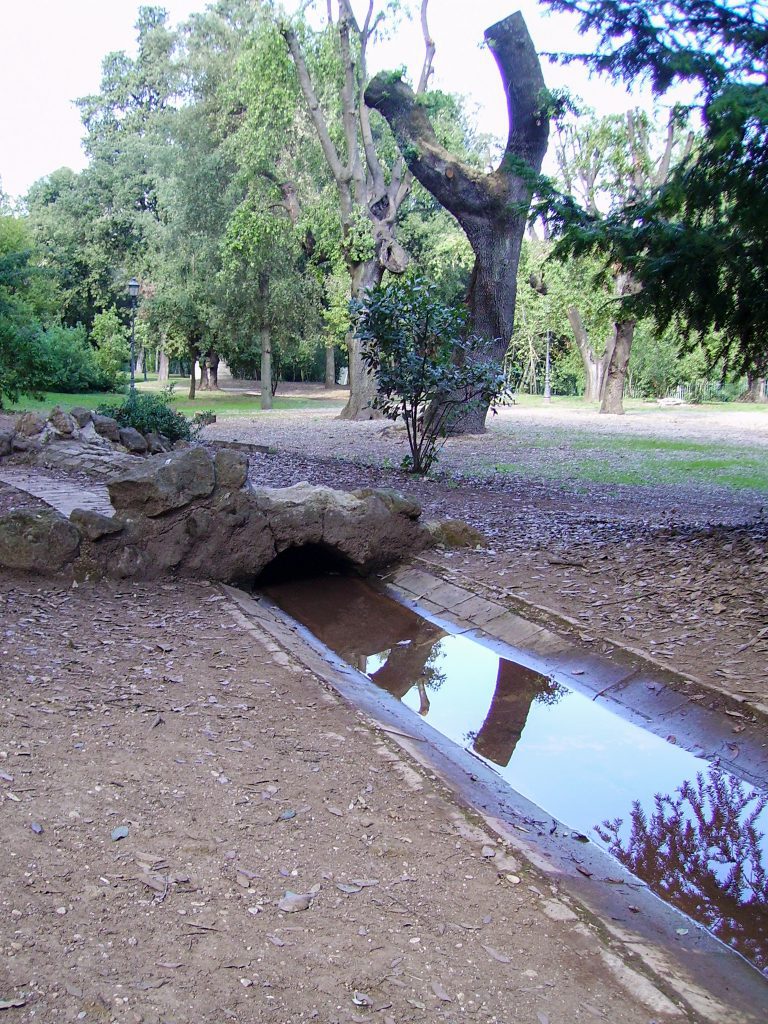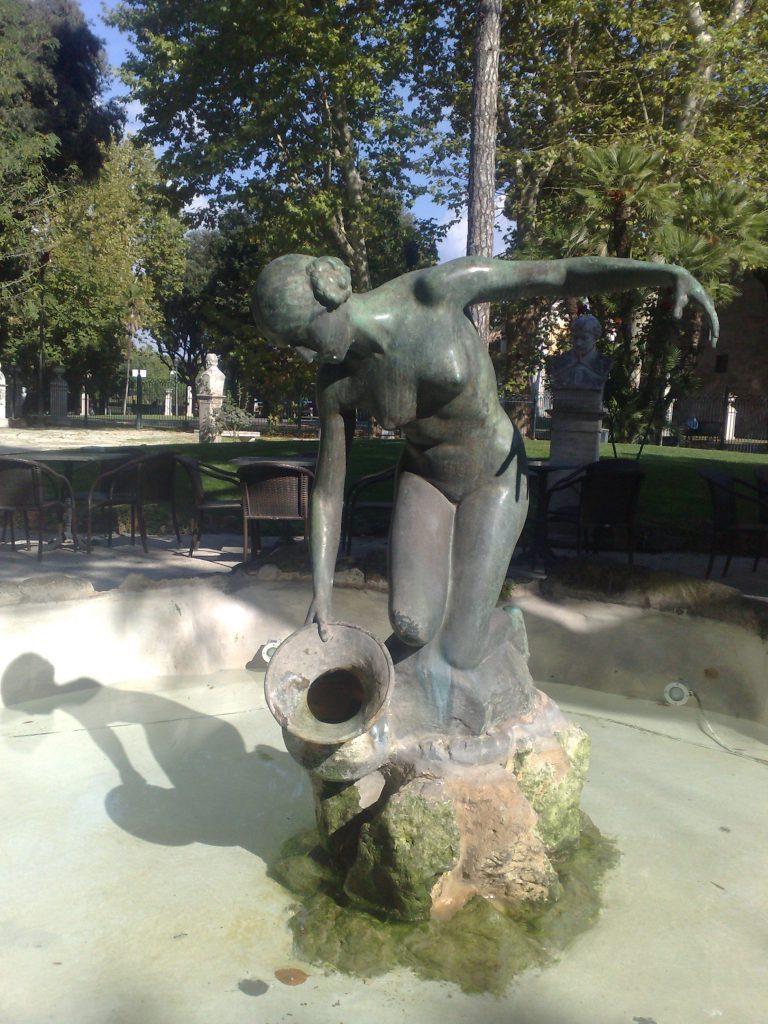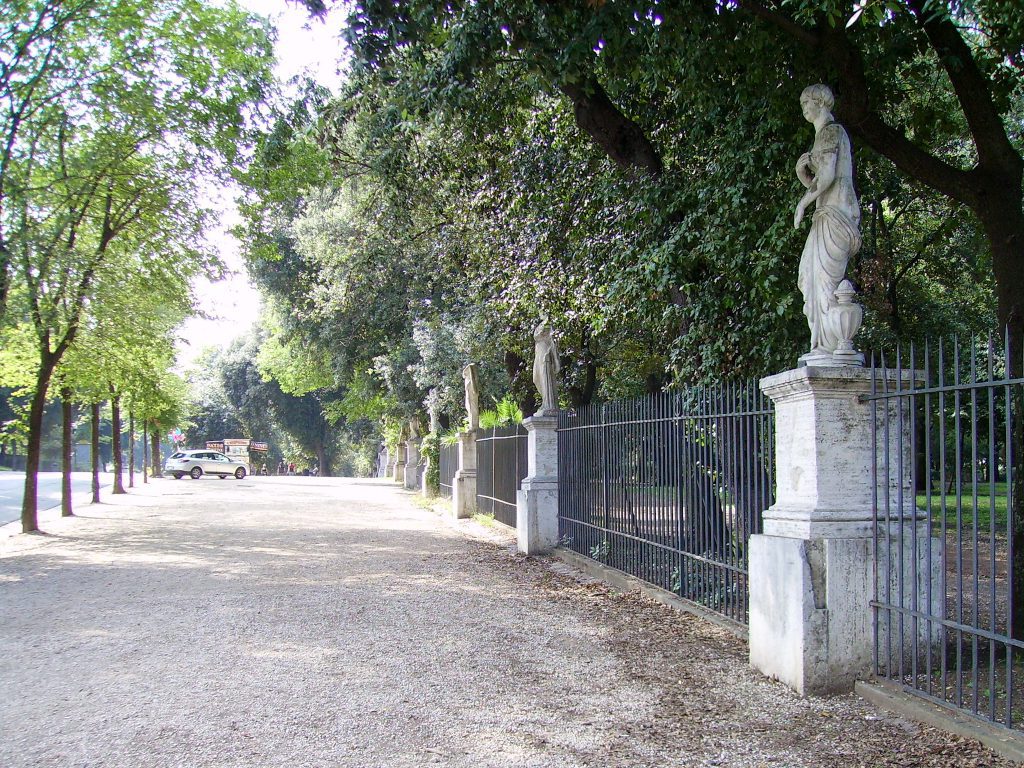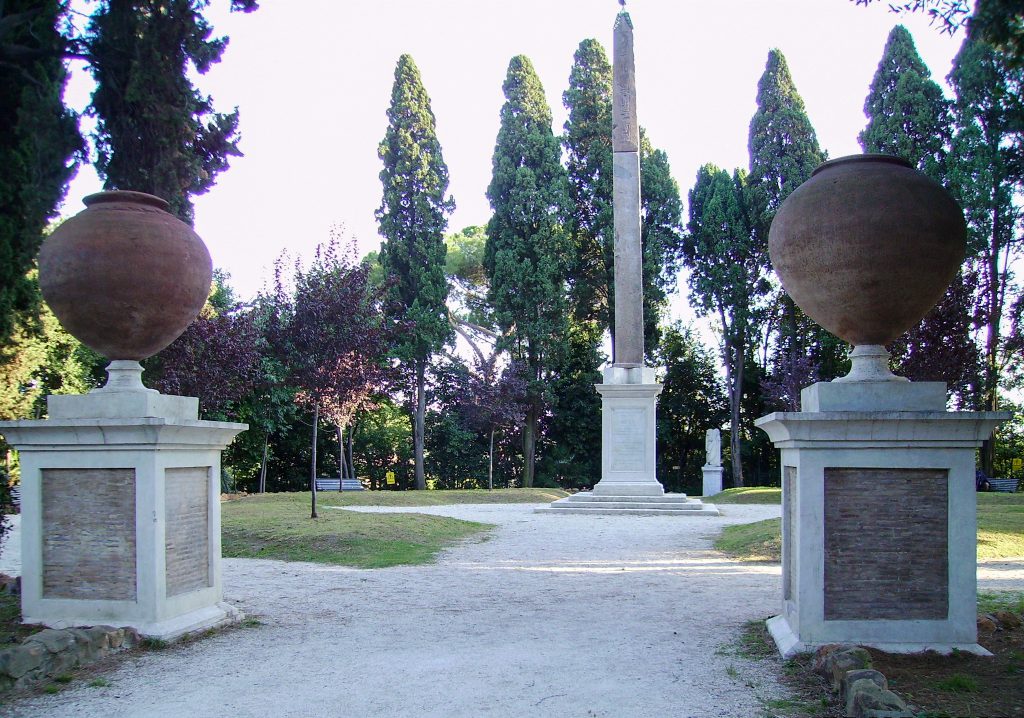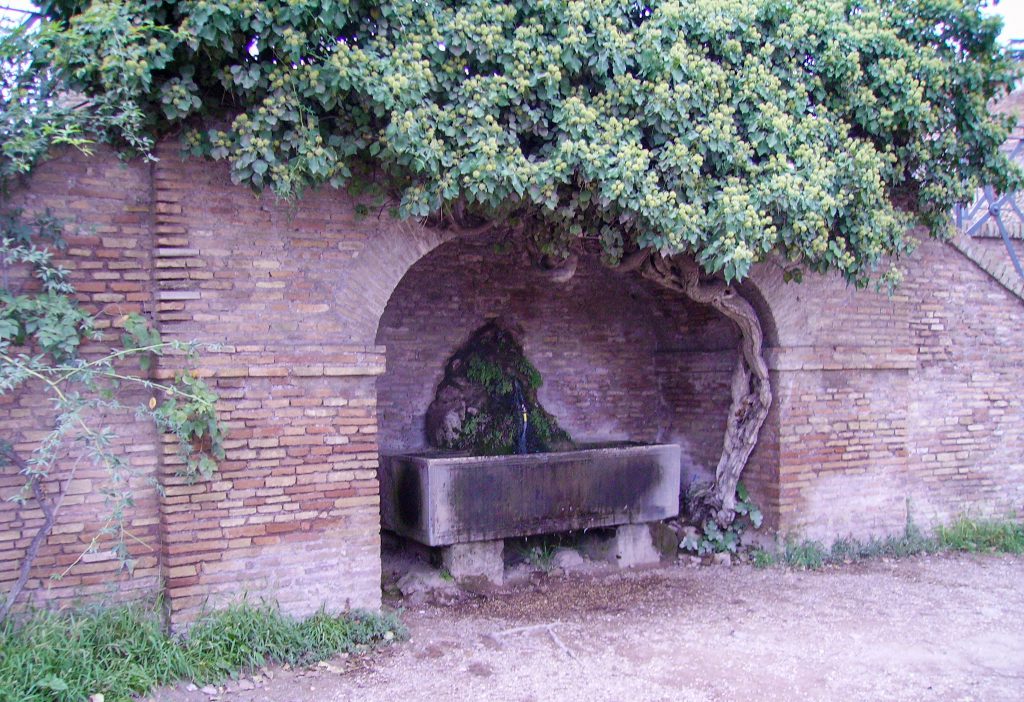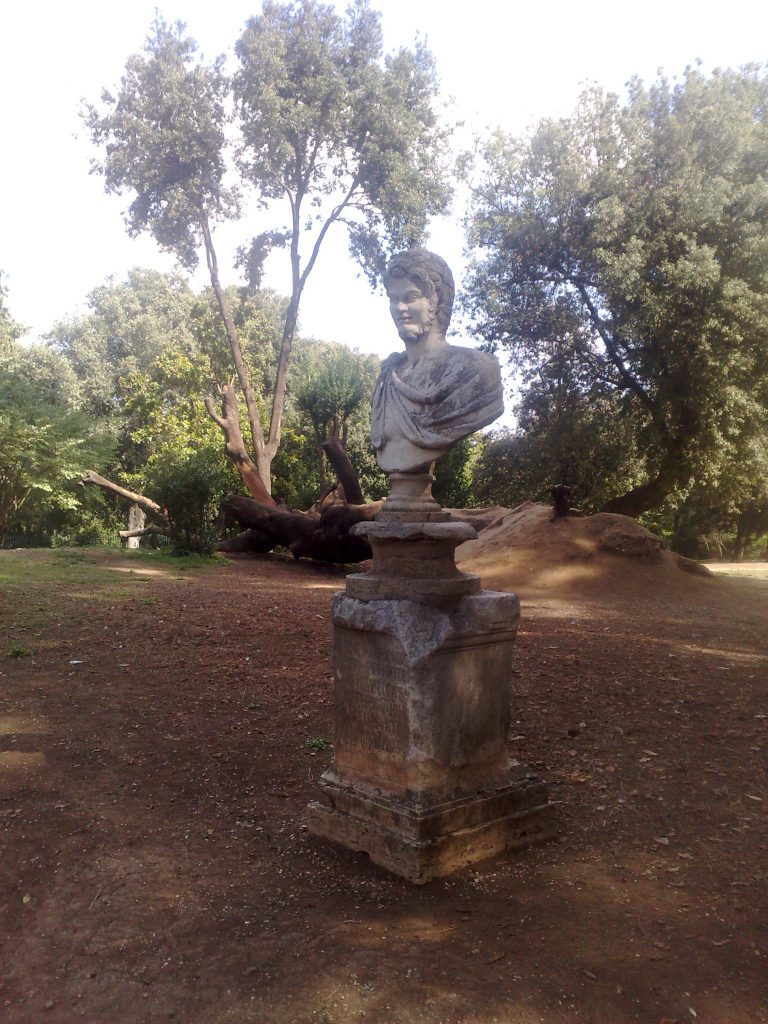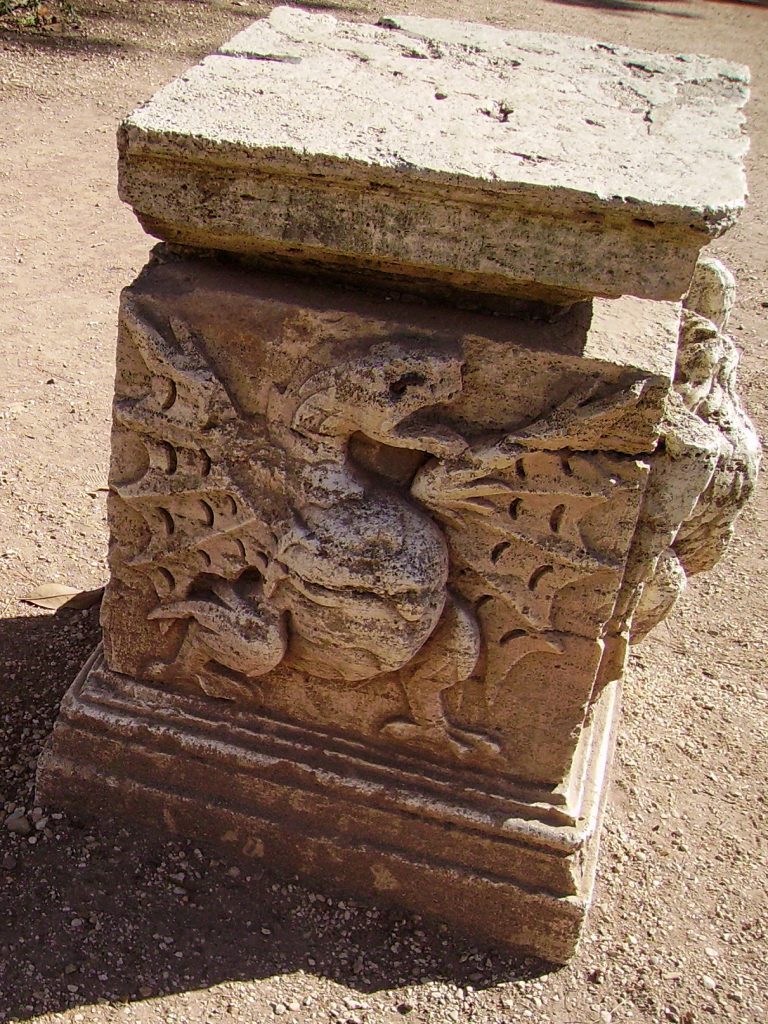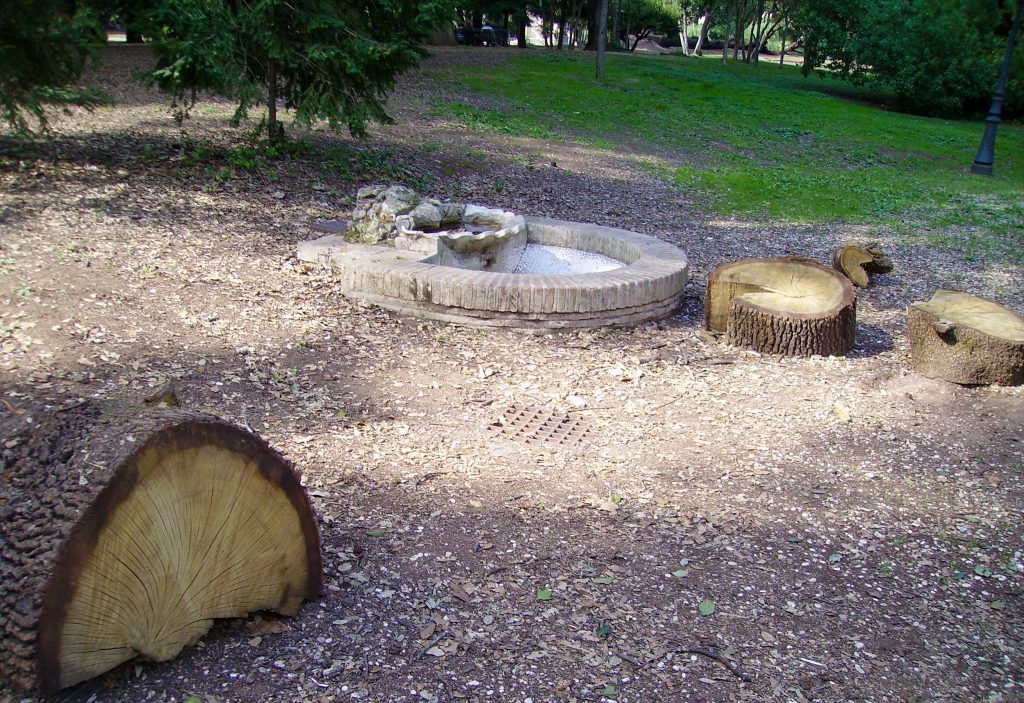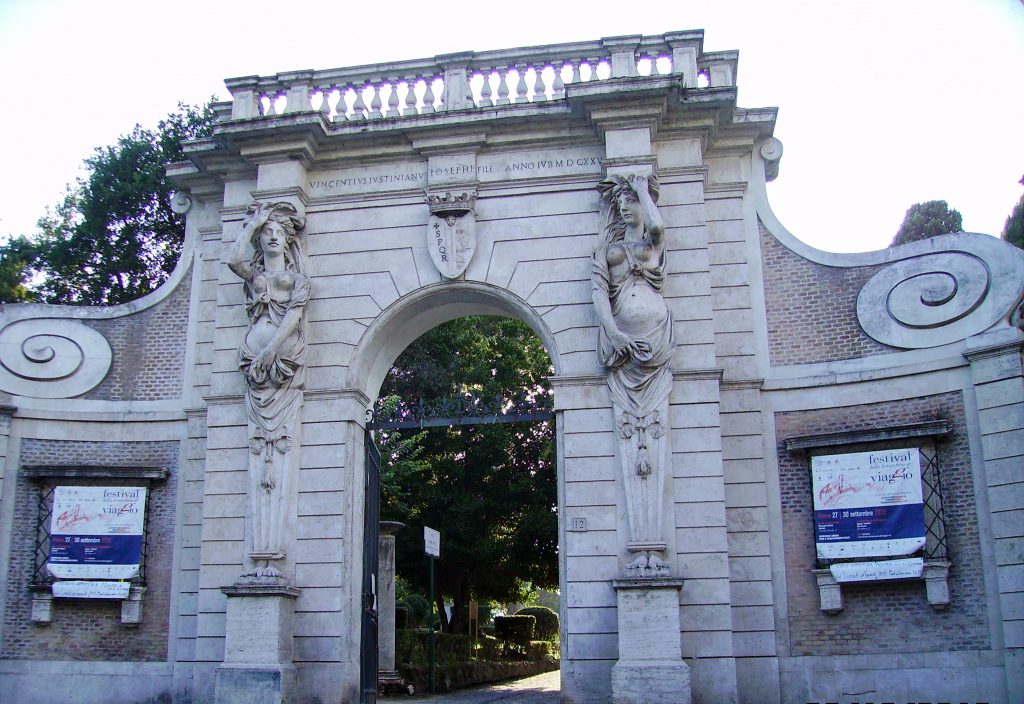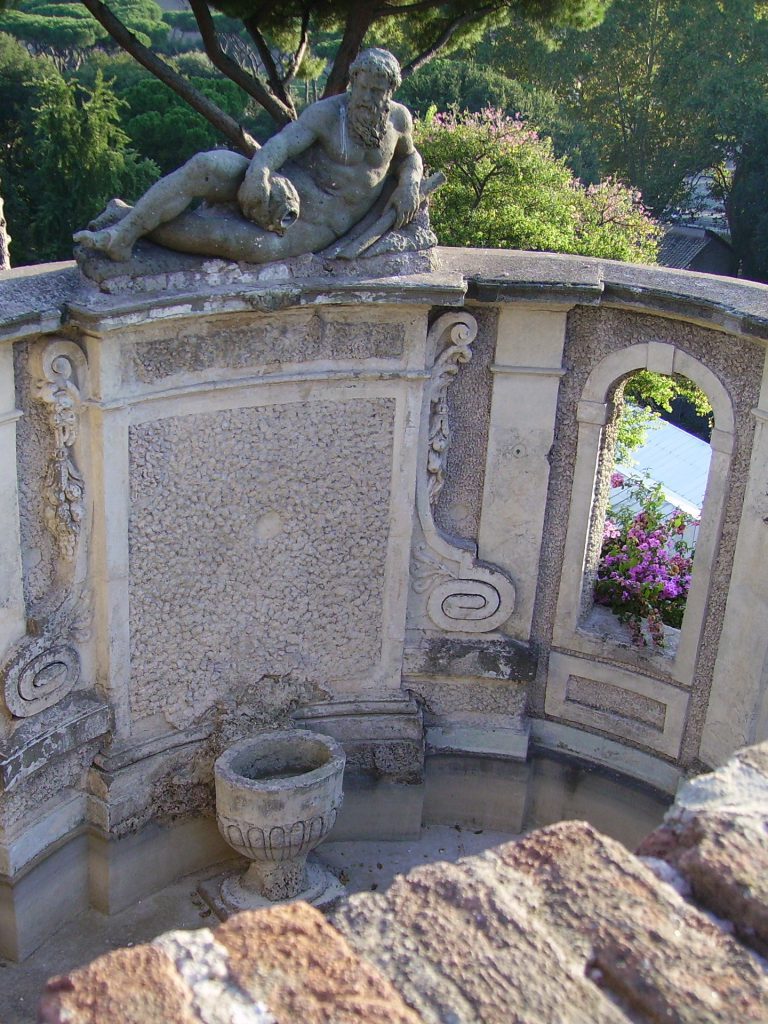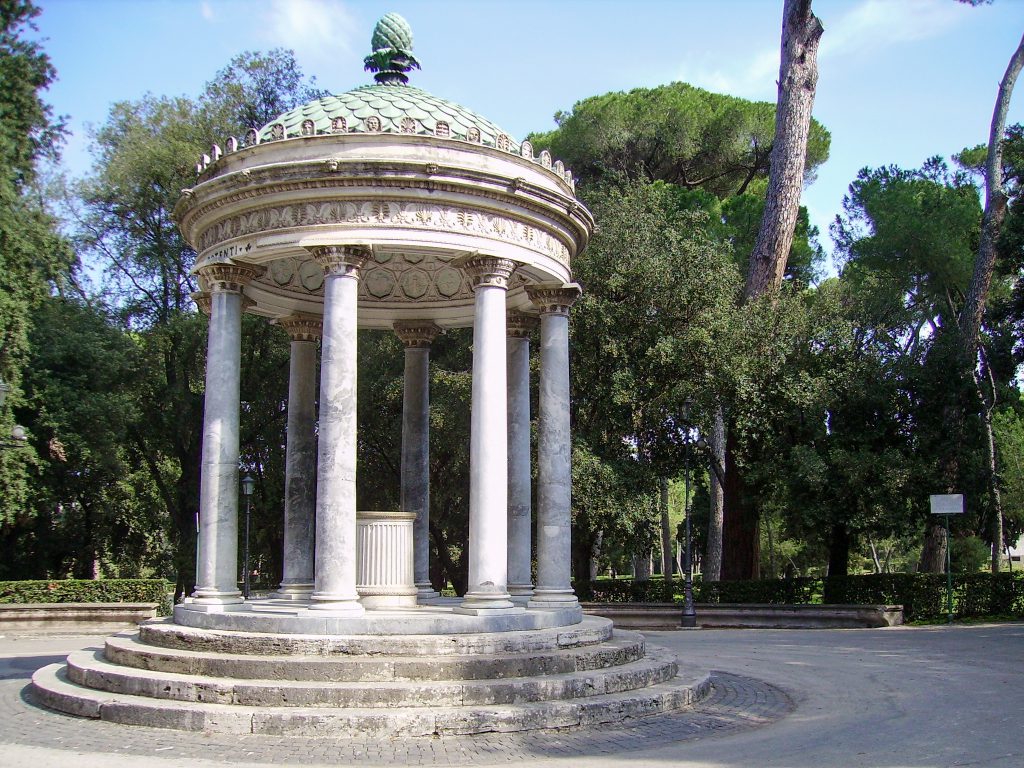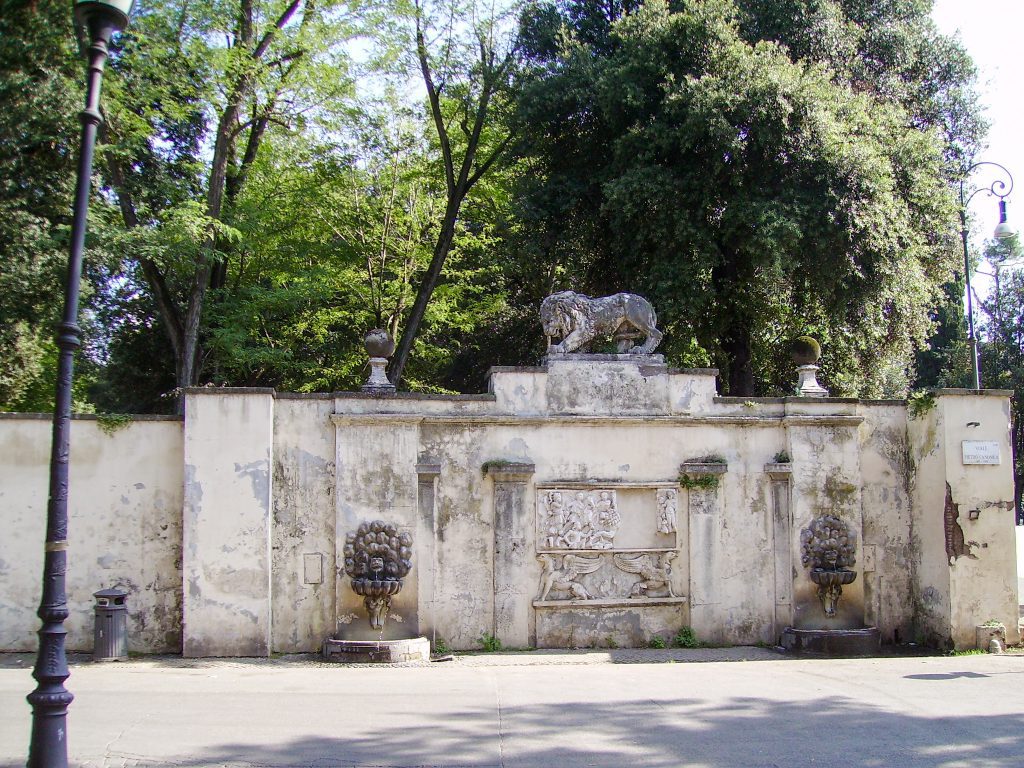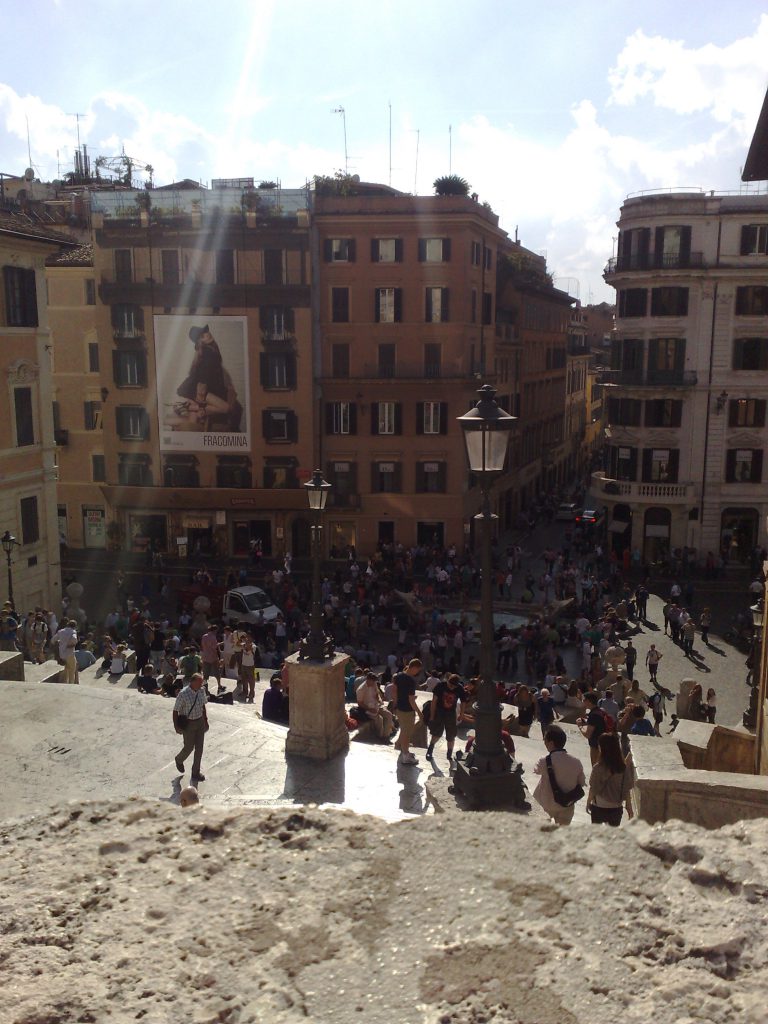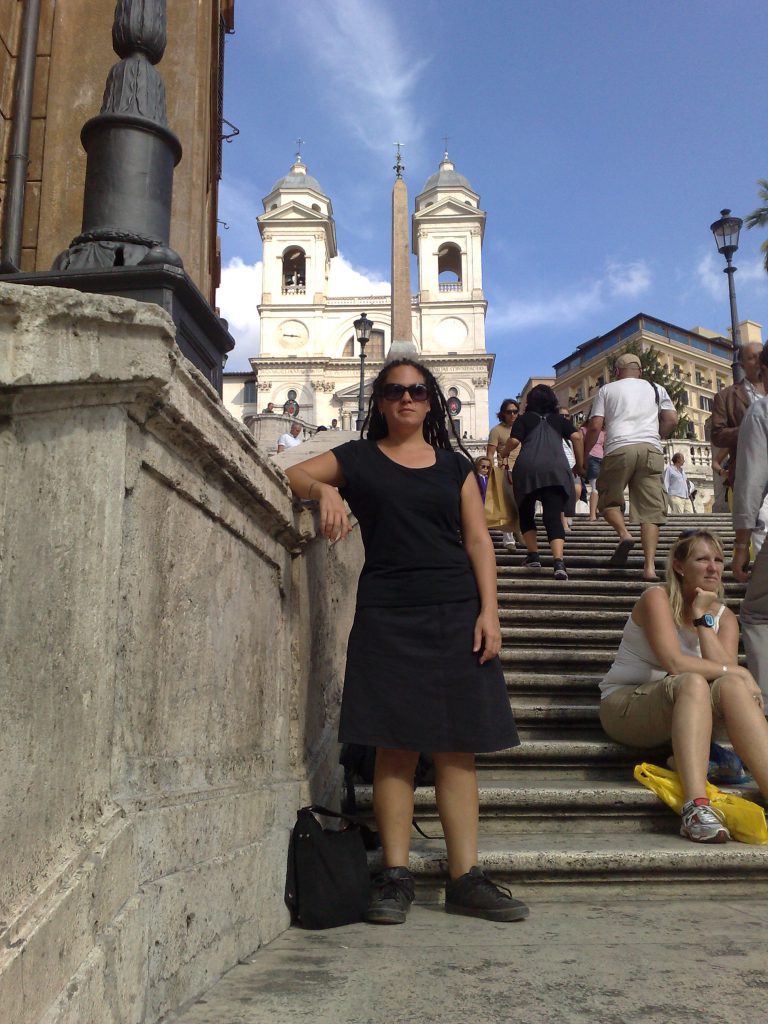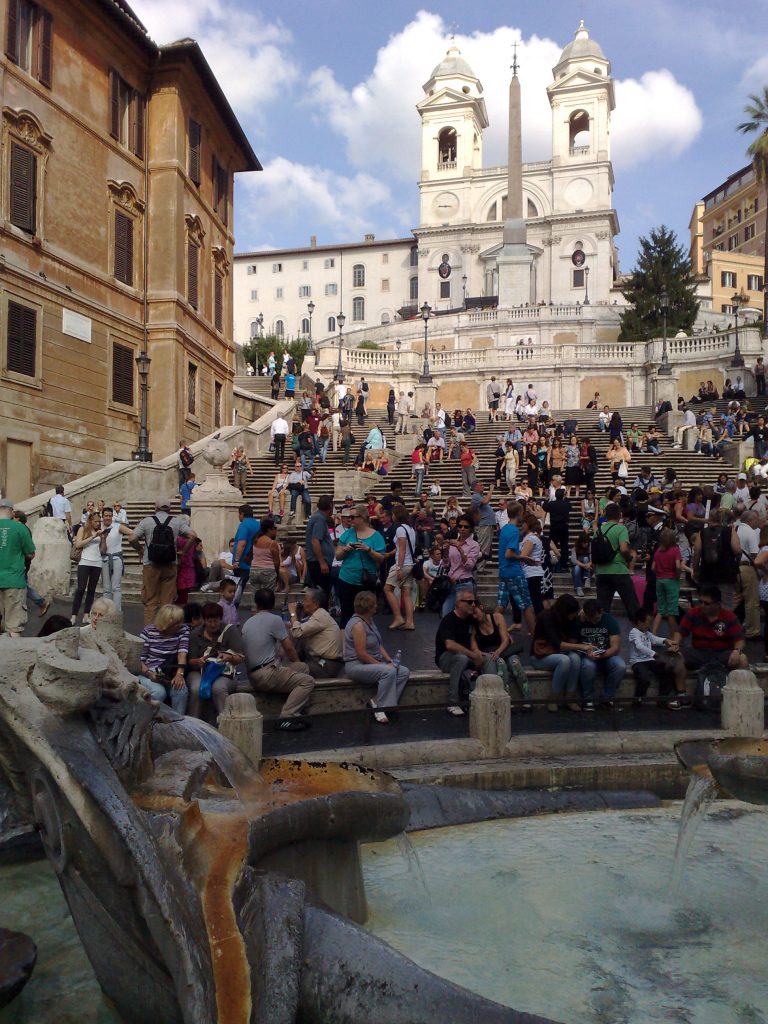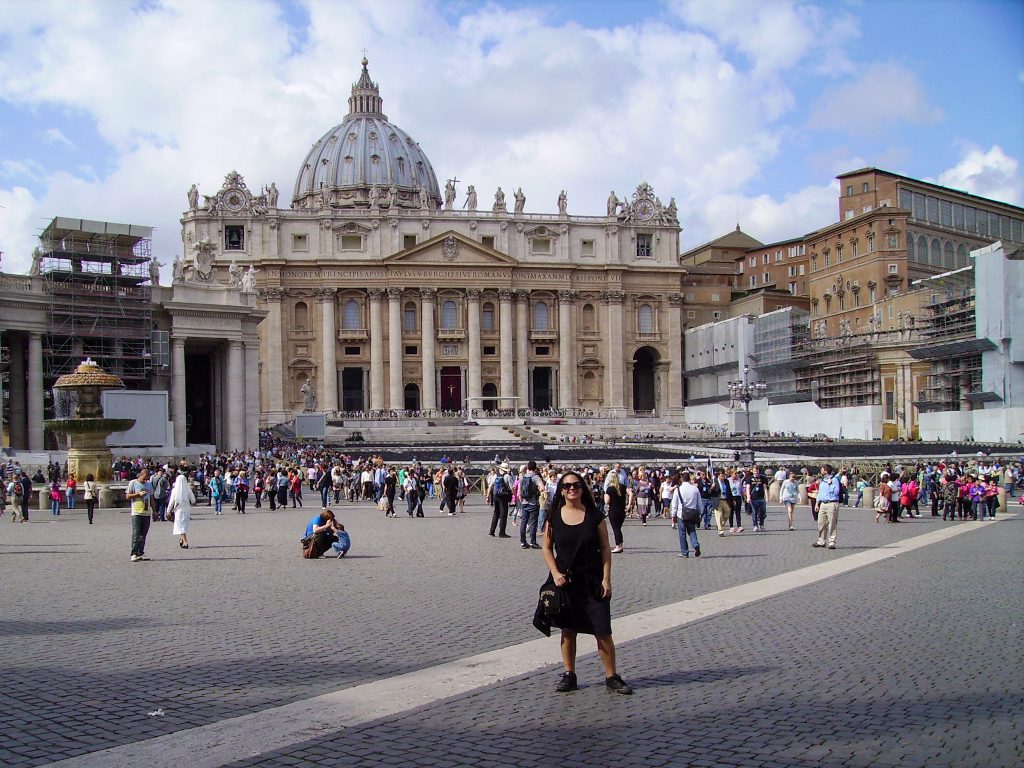Rome
I’m currently traveling in Indonesia, when I’m home I will sort out the (other) pictures for this page.
The Romans themselves date the foundation of the city in 753 BC. and counted the years from that date (ab urbe condita). By order of Emperor Augustus, Vergilius (Aeneis) and (especially) Titus Livius (Ab Urbe Condita) wrote down the history of Rome based on stories told from generation to generation. According to the famous legend Romulus founded the city.
To me Rome is an amazing city with so much to see, rich history and legendary stories, great food, drinks and friendly vibe.

Having breakfast outside 
Great italian icecream everywhere (this one is next to the Colosseum) 
In the back the terrace where we have breakfast
At the end of the street of our Bed&breakfast (with an amazing terrace) lies the colosseum.
Colosseum
In the year 72 AD. the Flavian emperor Vespasian ordered the construction of this amphitheater in Rome with a capacity of 65,000 spectators. The construction of the Colosseum took eight years to complete and was funded with the loot of looting in Jerusalem. The Colosseum, also called Amphitheatrum Flavium, was opened by Emperor Titus with 100 days of games and festivities that killed 5,000 animals. Emperor Domitian, the successor to Titus, later expanded the amphitheater with an extra floor and a number of spaces underneath it. The Colosseum is therefore the largest amphitheater in Roman history and is seen as one of the New 7 Wonders of the world.

The colosseum by night
The main purpose of the Colosseum was to entertain the people with battles of gladiators, sometimes combined with wild animals such as elephants and tigers. It was customary for wild animal fights to be held in the morning by the “bestiarii”. During the break, convicted prisoners were often thrown in front of the wild animals and in the afternoon there were fights between gladiators. When Christianity became more and more important, the barbarian games were eventually forbidden by emperor Honorius in 404 AD. An estimated 300,000 to 500,000 people died in the Roman arena of the Colosseum.

The colosseum outside 
It’s huge and high 
Inside the Colosseum
During the Middle Ages, various earthquakes damaged the Colosseum and in later centuries the stones of the ruins were used as building material for churches and palaces in Rome. These lootings ended in 1749 by Pope Benedict XIV who, because of the important history of the Colosseum, declared the grounds of the theater sacred.
The amphitheater of Rome was accessed through 80 arches and the name “Colosseum” was derived from the colossal statue of Emperor Nero (Colossus of Nero) which stood next to the amphitheater. The total circumference of the amphitheater is 527 meters and the maximum height is 48.50 meters. The Colosseum used to be covered with a large textile screen, a so-called Velarium. According to legends, a thousand sailors were needed to span this screen over the 240 masts.

View on the Colosseum 
View from the Colosseum on The Forum Romanum
Forum Romanum & Palatino
In the period of Emperor Augustus (27 BC – 14 AD) there were already more than 1 million Romans living in ancient Rome. The Roman Forum was the political, legal and religious center of the Roman Empire. You approach the Roman Forum via Via Sacra (Holy Street), the oldest and most famous road in Rome. The name “Holy Street” is derived from the many temples and other shrines facing this street.
The site between the hills of the Capitol, Palatine and Esquiline used to be a large swamp. After the 7th century BC. the swamp was drained through the construction of the Cloaca Maxima sewer. The first settlement around the square included the Temple of Saturn and the Temple of the Dioscuri. In the 2nd century BC. in addition to the Roman Forum, the so-called imperial forums (Fori Imperiali) were created from 54 BC, intended to perpetuate their fame. The well-known forums (which are still partly underneath the neighboring buildings) are those of Ceasar, Augustus, Vespasianus and Trajanus. After the 7th century, many buildings were damaged by earthquakes or by looting for the construction of churches and palaces. It wasn’t until the 19th century that they started the excavations of the center of the Roman empire here.
The Palatine is one of the seven hills of Rome, where a residential area developed for important Romans such as Cicero, Crassus, Augustus and Tiberius in the 9th century BC. According to legend, Rome was founded in 753 BC. on the Palatine hill by Romulus.
Villa Borghese park

Villa Borghese park 

Pond in Villa Borghese park 

Pond in Villa Borghese park

Statues in Borghese park

Statue at Villa Borghese park 
Villa Borghese park 
Statue in Borghese park 
Statues Villa Borghese park 
Villa Borghese park 
Fountain in Borghese park 
Statue in Borghese park 
Dragon statue Villa Borghese park 


Entrance of the park 
Villa Borghese Park 

Villa Borghese park
Piazza Navona
Piazza di Spagna
The “Spanish stairs” in Rome, built in Rococo style between 1723 and 1726, are the stairs that run from Piazza di Spagna towards the French monastery church Trinita dei Monti (built between 1502 – 1587). The stairs consist of 135 steps and three different terraces, referring to the Holy Trinity (the Trinità). At the top of the stairs at the Egyptian obelisk, you have a magnificent view. The name is perhaps a bit confusing, since the stairs were built by order of the French (Louis XII). In the 17th century, the Spanish embassy was located at the square at the bottom of the stairs, hence the name “Spanish stairs”. The official name is not Spanish stairs, but Scalinata della Trinità dei Monti.

View from the top 

Terme di Caracalla
Basilica Papale di Santa Maria Maggiore
Monumento a Vittorio Emanuele II
This monument, also known as Altare della Patria of Il Vittoriano, is devoted to the union of Italy in 1861 and the first king Victor Emmanuel II.
Città del Vaticano

I’m at the Vatican square
Rome is an amazing city with a rich history, great food and good vibe. There is so much more to see, such as Castel Sant’Angelo, Trevi Fountain, Pantheon, Piazza del Popolo, Via Appia and so much more. I definitely want to go back some day.


